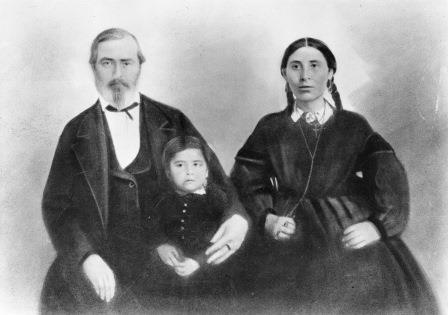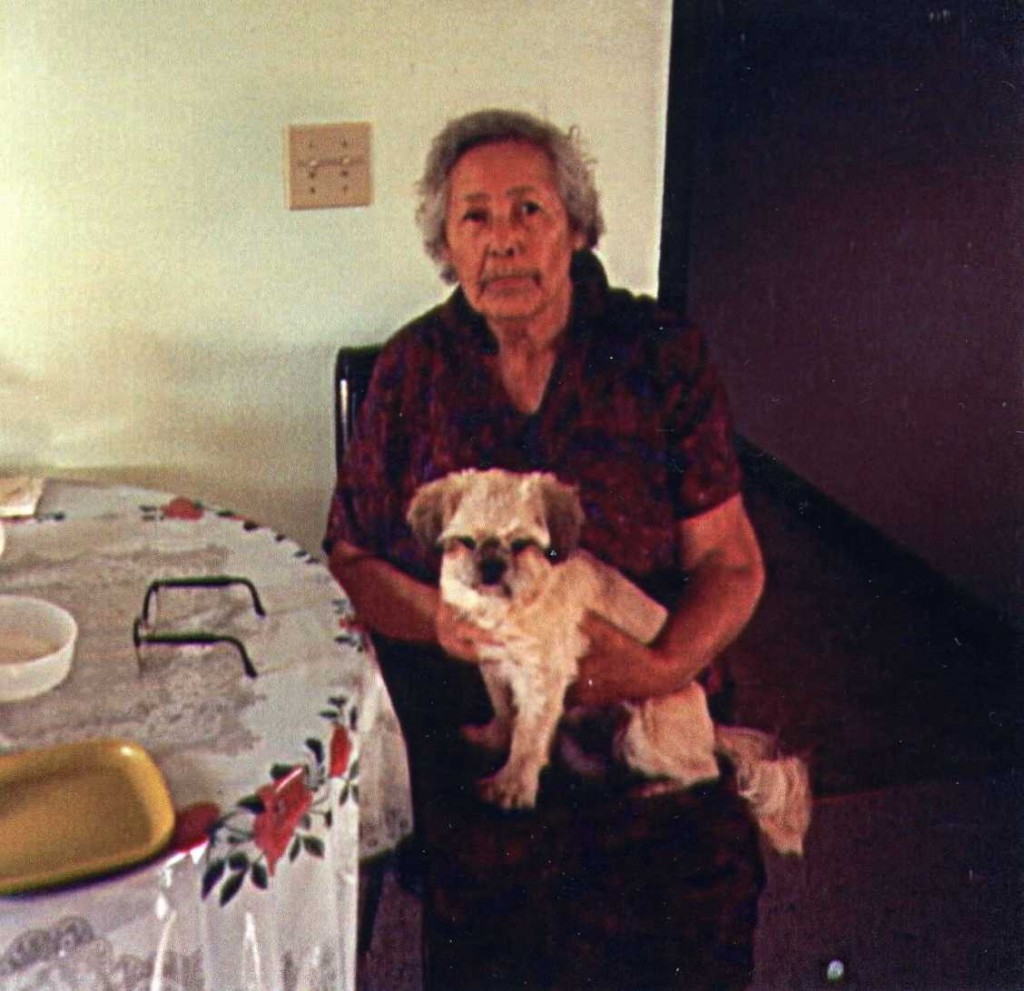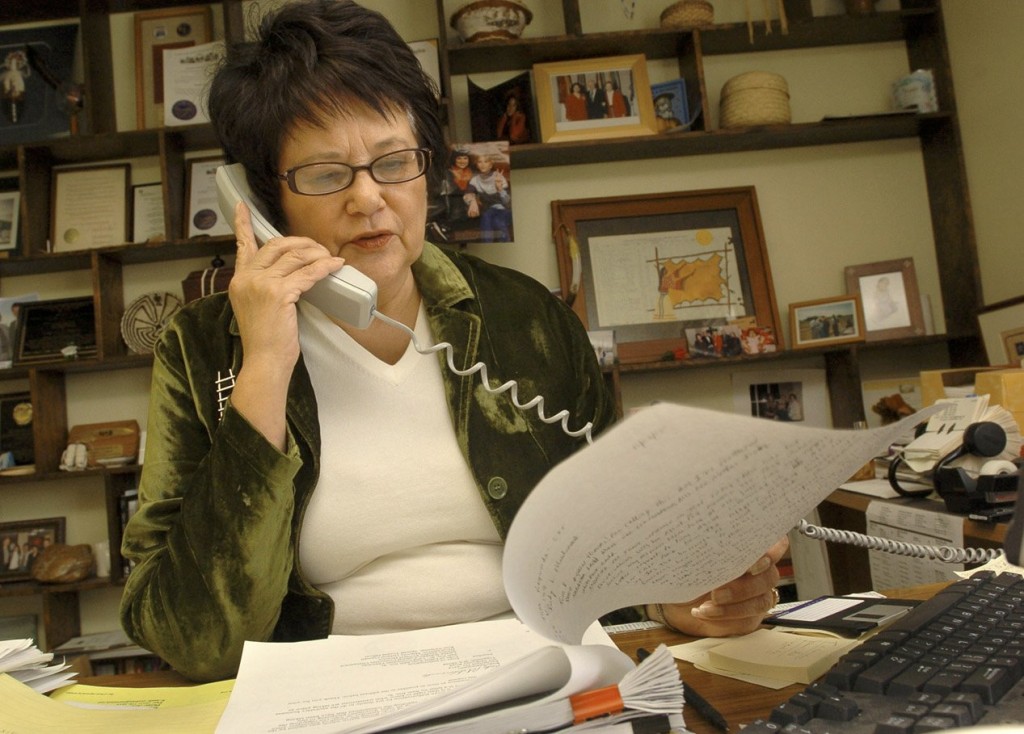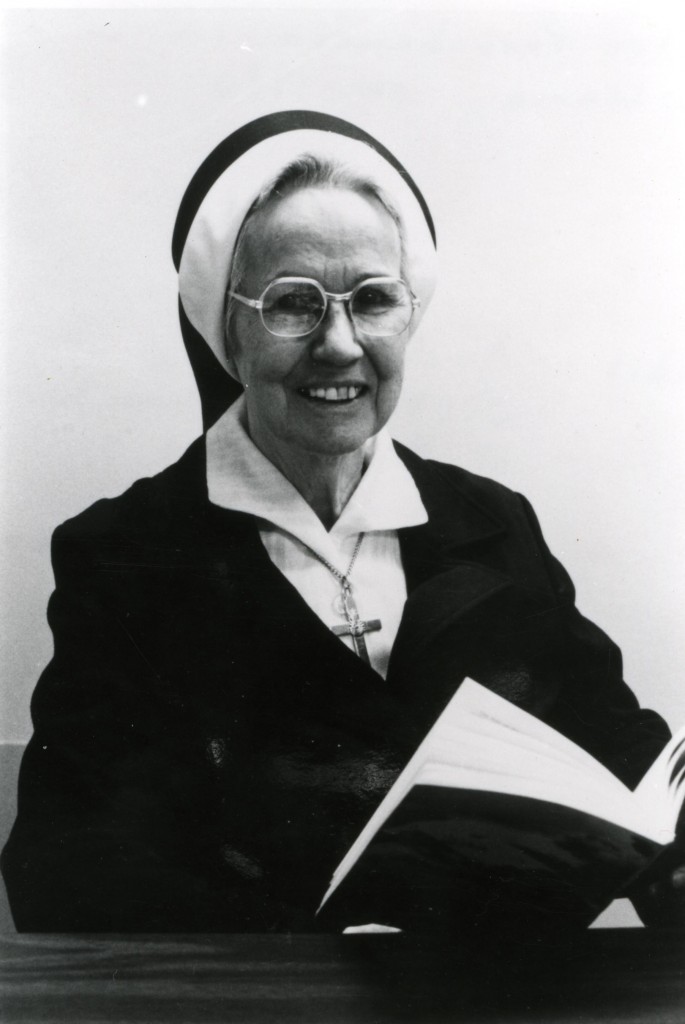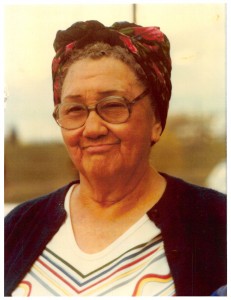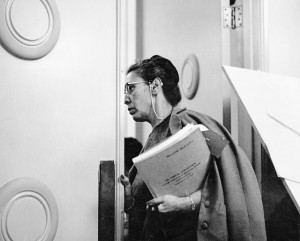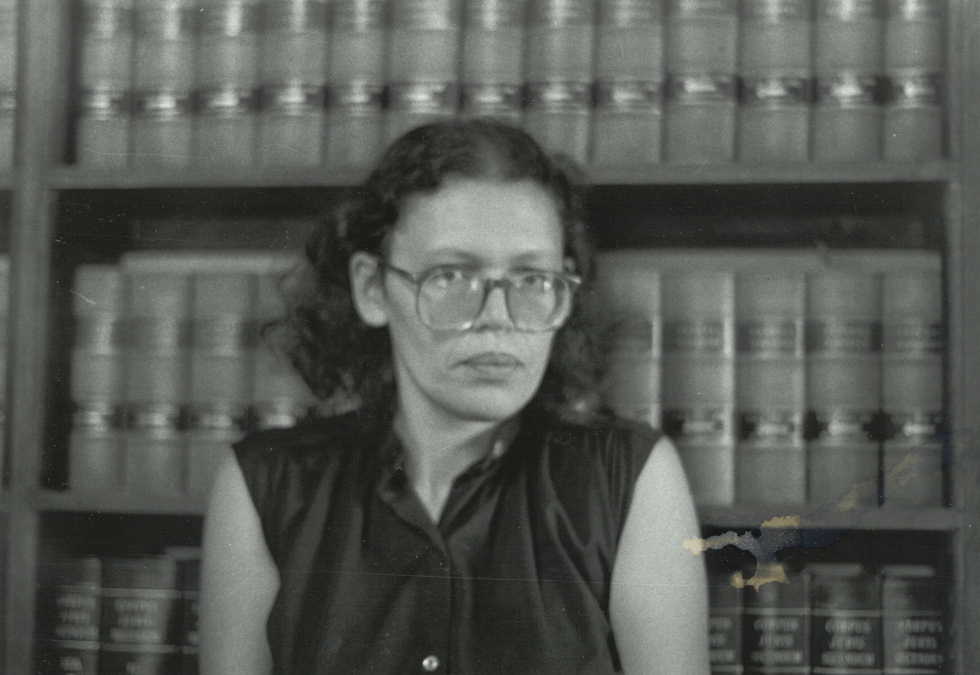
In 2009, the Native American Journalists Association (NAJA) honored Minnie Eder Two Shoes of Fort Peck with an award for journalistic excellence. A cofounder of the association, Two Shoes was known for her journalistic integrity and her hallmark sense of humor. Two Shoes worked as writer, assistant editor, and columnist for the Wotanin Wowapi of Poplar. She served as an editor for Native Peoples; as an editor, writer, and producer for Aboriginal Voices, a Canadian magazine and radio show; and as a contributor to News from Indian Country. As a journalist, she helped reinvestigate the 1975 murder of AIM member Anna Mae Aquash. Throughout her career, Two Shoes blended humor with serious inquiry into matters affecting Indian Country.
Born Minnie Eder in Poplar in 1950, Two Shoes began her career in 1970 as a publicist for the American Indian Movement. Founded in 1968 as an advocacy organization for American Indian prisoners, AIM coordinated several highly publicized protests in the early 1970s, including the nineteen-month occupation of Alcatraz Island in 1969-71, the occupation of the Bureau of Indian Affairs building in Washington, D.C., in 1972, and the occupation of Wounded Knee, South Dakota, in 1973. Continue reading Minnie Two Shoes: American Indian Journalist
